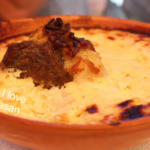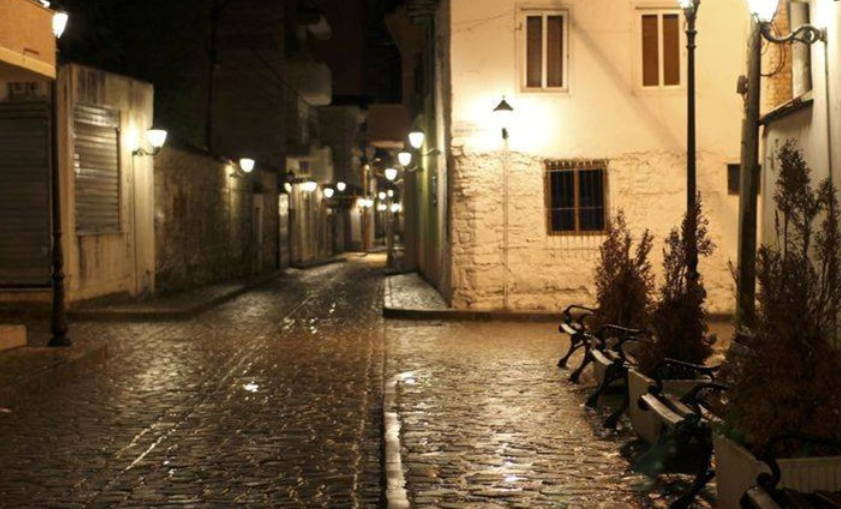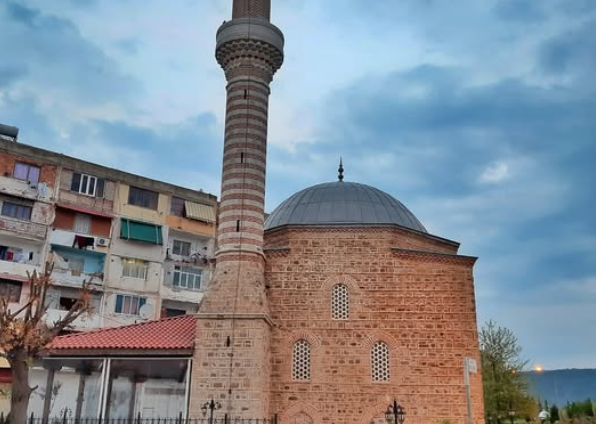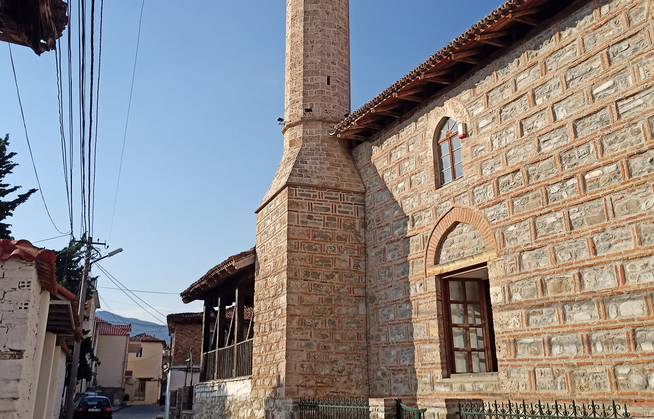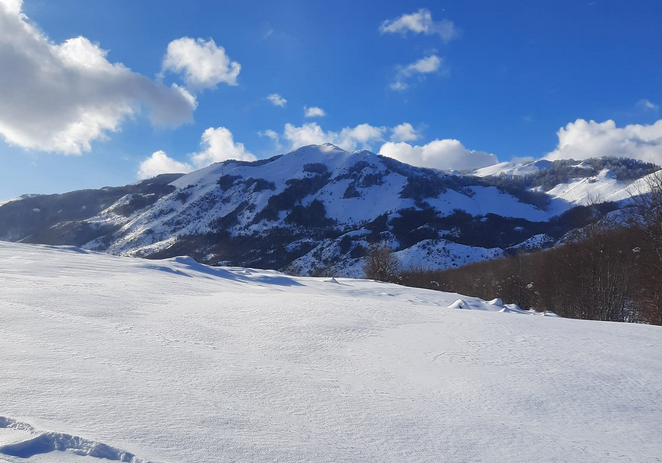In the center of Elbasan, near Bezistan Rrap, there is a traditional house that became the Ethnographic Museum in 1986. This house, known as the House of Sejdia, was donated to the state by the family. According to Creshnik Belegu, the director of the Ethnographic Museum, “The design and function of this house are similar to many traditional homes in Berat.”
The building has two floors. The first floor was used as a storage area for agricultural products. It also has several museum rooms, including a corridor, a wool room, a metal room, and a table room. The second floor was used as a living space. It includes a large corridor, a workroom for girls, a women’s room, a men’s room, and a bride’s room. The house was restored between 1983 and 1985 by the Institute of Culture Monuments, and in 1986, it was turned into a museum.
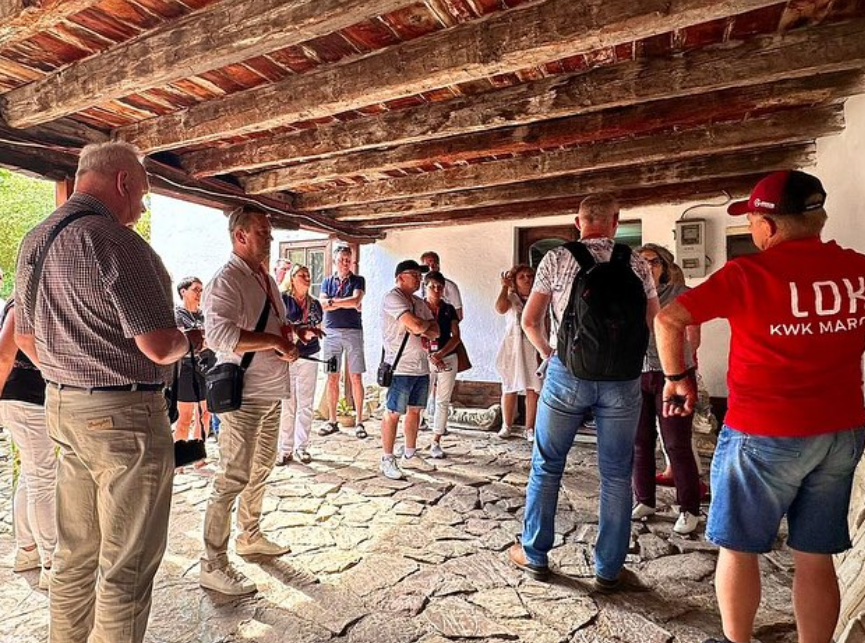
“The museum presents the history and craftsmanship of Elbasan. It displays about 80 types of traditional crafts, clothing, and furniture from old Elbasan homes,” says Belegu. He adds that visitors can see handmade items made by local craftsmen and historical documents about the city.
Traditional men’s costumes are displayed in the men’s room. Belegu explains, “Men’s and women’s clothing, made by skilled tailors from Elbasan, followed a special Albanian style. The colorful designs show the culture of the region.” The museum also highlights the work of tailors, called “terzinj,” who made vests, coats, and other garments from expensive fabrics. These clothes were decorated with gold or silver thread, using tools like scissors, needles, sewing boxes, and fire-heated irons.
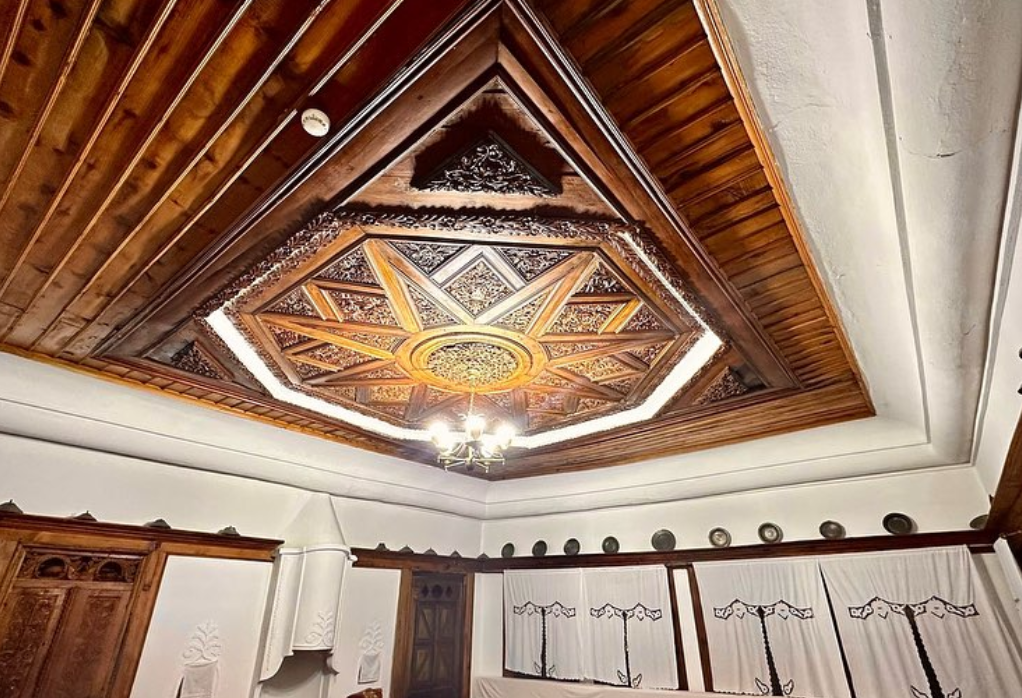
According to Belegu, “Traditional clothing was admired by foreigners for its beauty and elegance. A high-quality doloman or jybe, made from imported red velvet and worn by aristocrats, was very expensive.”
The museum also displays metalwork, woodwork, weapons, and wool-processing tools. One of the most important exhibits is the tombstone of Mark Sabid, which shows the early history of Elbasan. Visitors can also see an ancient stone relief of an Illyrian bride and a spinning tool used by women to weave fabrics and carpets.
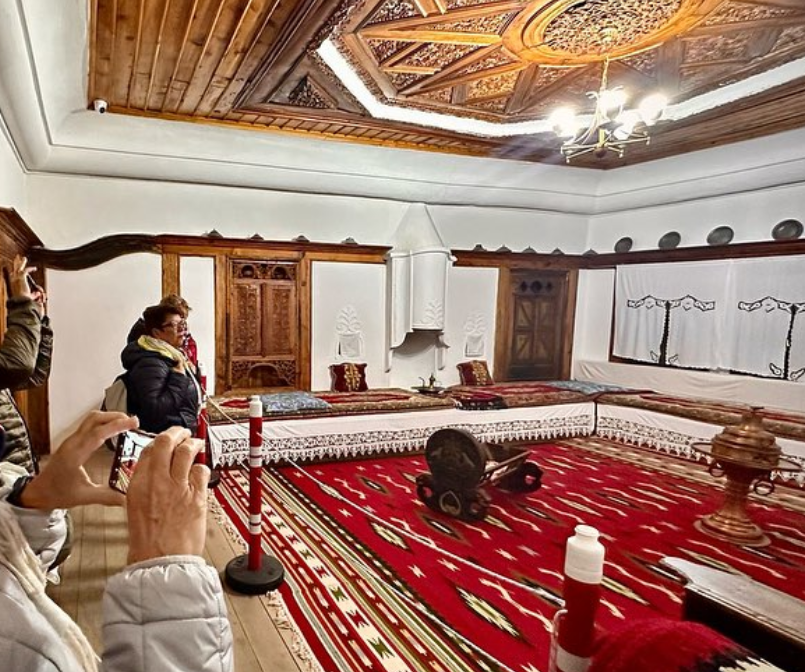
The Ethnographic Museum of Elbasan is an important part of the city’s history. Every year, hundreds of visitors come to explore its rich cultural heritage.
